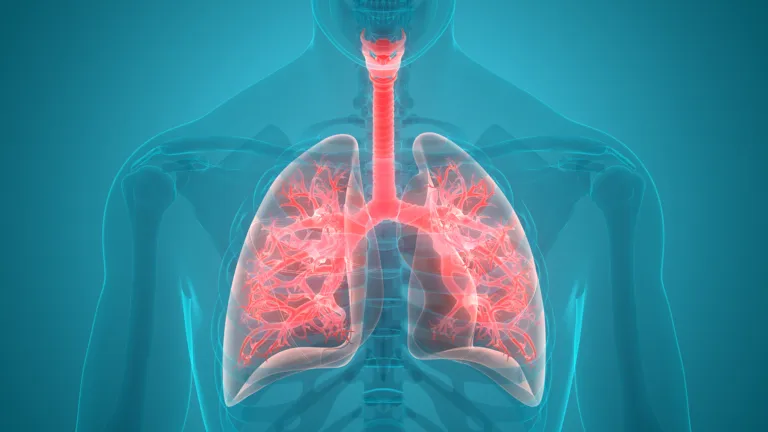Hazardous particles produced by industrial work processes and medical applications can enter the bloodstream when air is polluted. These can cause serious diseases such as lung cancer. Air filtration is essential to prevent this. Air is, in most cases, invisible, does not taste or smell, and is not touchable, but no living organism can exist without it. A person can survive for a maximum of five minutes without air. While eating is a conscious activity, and everyone can decide what they put on the table, oxygen supply happens unconsciously.
Have you ever thought about what you let into your body 12 to 18 times per minute? The concentration of pollutants in the air increases during various production and medical processes. Although the human body has its filters, such as the cilia of the trachea and bronchi, and lungs, they can only break down a small portion of pollutants. Due to their tiny size of a few micrometres, the particles are almost invisible to the human eye. This leads to underestimating the danger of metal dust, organic combustion products and other emissions.
The risk of developing serious diseases such as lung cancer or allergies increases significantly. Only a filtering extraction system can clean the air and protect the staff. An air conditioning system moves particles in the air like a blender. Ventilating a room provides an exchange between indoor and outdoor air. In large cities, however, pollutant levels are already high and approaching the limits of 50 micrograms per cubic meter, so more than ventilating is needed.

Invest in the future
At first glance, health and safety may not seem as profitable to many employers as, e.g., buying a new machine. In the long run, however, they prove to be extremely important. Healthy and satisfied employees are motivated, committed, and efficient. Moreover, the best machines and systems require expertise from those operating them.
Data for 2020–21, based on information self-reported by the participants of the Australian Bureau of Statistics (ABS) 2020–21 National Health Survey (NHS). Using the self-reported data from NHS 2020–21, almost one-third (30%) of Australians reported having chronic respiratory conditions. Of the estimated 7.5 million Australians with these conditions, 5.1 million (20% of the total population) had allergic rhinitis (‘hay fever’), 2.7 million (11%) had asthma, and 2.0 million (8.0%) had chronic sinusitis (ABS, 2022).
A company’s human capital is an asset with an invaluable wealth of experience and expertise that inevitably shapes the company. The health of employees and the investments earmarked for improving the productive skills of individuals enhance the company’s success.

The Australian Disease Expenditure Study showed that in 2018–19, an estimated 3.3% ($4.5 billion) of total disease expenditure in the Australian health system was attributed to respiratory conditions (AIHW 2021c): [1] Source: Australian Institute of Health and Welfare, 07 Jul 2022, Chronic Respiratory conditions.
References:
Australian Institute of Health and Welfare, 07 Jul 2022, Chronic Respiratory conditions, <https://www.aihw.gov.au/reports/australias-health/chronic-respiratory-conditions>
Nauheimer. B. TBH, 2022, Why filtering air? 2022 <https://www.tbh.eu/en/why-filtering-air/>




